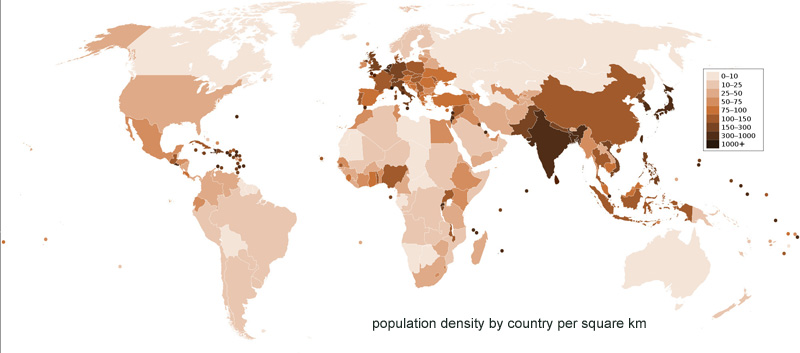Long in the making since 1999 and finally getting it’s wings. These projects all boast stunning city views and will bring new attractions to the Sunset Strip. Life on the strip has definitely moved beyond it’s rock and roll history…. read on.
See the article
http://www.latimes.com/business/la-fi-property-report-20130815,0,2157213,print.story
latimes.com
Sunset Strip development revs up as long-delayed project gets going
A four-building project valued at more than $300 million and dubbed Sunset La Cienega has emerged in West Hollywood, part of the city’s plan to boost the appeal of the Sunset Strip.
By Roger Vincent / August 14, 2013
A long-delayed real estate development at the heart of Sunset Strip has finally emerged as builders step on the gas along West Hollywood’s famous thoroughfare up and down the boulevard.
Demolition started this week on vacant structures at the busy intersection of Sunset and La Cienega boulevards to make way for an upscale hotel, apartments, shops and restaurants valued at more than $300 million.
The four-building project is part of the city’s plan to boost the appeal of what is already one of the region’s biggest leisure attractions for locals and tourists alike.
“The Sunset Strip is known internationally,” Mayor Abbe Land said, “and we want to live up to people’s expectations.”
The intersection of Sunset and La Cienega, however, has been a downer for about a decade. Buildings on the south side of Sunset were shuttered to make way for what is now called Sunset La Cienega. For years, it was known as the “Sunset Millennium,” and the development was approved by the city in 1999. But construction was postponed in part because of objections from neighbors, opposition lawsuits and, more recently, a weak real estate market.
The litigation is over and Hollywood developer CIM Group, which bought the property in late 2011, is launching the project as demand for hotel rooms and residences surges in Los Angeles.
Other projects in the pipeline along Sunset Boulevard include a hotel at Doheny Drive on a site occupied for decades by a fancy Scandinavian restaurant called Scandia. The 148-room hotel would be part of a mixed-use project with stores and 20 condominiums. The inn is expected to be operated by a division of Marriott called Edition that runs luxury boutique inns designed by hotelier-to-the-hip Ian Schrager.
“I believe the Marriott folks are pretty close to making something happen,” Land said.
Just a few blocks to the east near San Vicente Boulevard is a vacant lot that recently sold for $28 million to an unknown investor, market observers said. The James Hotel property, as it is known, has city approval for nearly 200 rooms, restaurants and spaces for meetings.
On the site of the House of Blues nightclub at 8430 Sunset Blvd., the city has approved construction of a 149-room hotel, 40 condominiums and a parking structure.
Interest in building hotels has been sparked by a recovery in the local hospitality business, which has climbed out of the deep hole it fell in during the last recession, said John Strauss, managing director of hotels for real estate brokerage Jones Lang LaSalle.
“The last five years have been one of the longest spells in slow- or no-growth in new hotels,” Strauss said. “Certain markets are now worthy of new development.”
Los Angeles is the second largest hotel market in the country after New York and room rates and occupancy in the region rose by double digits from 2010 through 2012. West Hollywood is one of the strongest local markets, attracting business travelers in the entertainment industry and tourists.
Well-known hotels on the strip include Chateau Marmont, Mondrian Los Angeles and the London West Hollywood. The strip also has popular watering holes such as Eveleigh and the Skybar and is home to famous live concert venues such as the Whisky a Go Go and the Viper Room.
The strip has had its ups and downs as a music mecca. But it has held its cachet as a business address, commercial real estate broker Christopher Bonbright of Avision Young said.
Rents for offices in Luckman Plaza on the edge of Beverly Hills can top $6 per square foot per month, rivaling the cost of choice oceanfront space in Santa Monica. The posh members-only Soho House club on top of the 13-story Luckman building has one of the top-grossing restaurants in the region, Bonbright said.
The strip also has smaller buildings attractive to firms in creative businesses such as entertainment and a brace of popular restaurants, but the thriving hotel business is bringing people to the strip and driving the latest burst of development, the broker said.
“The foam on the latte is all these new hotels coming out,” he said.
CIM Group’s Sunset La Cienega development will have a 290-room hotel in two 10-story towers on the southeast corner of the intersection. Negotiations with a New York hotelier to operate the inn are nearly complete, CIM co-founder Shaul Kuba said, but he declined to identify the likely operator. He expects the hotel, which will also have restaurants and shops, to earn a four-star rating.
On the southwest corner will be two eight-story towers with 190 residences and ground floor spaces for stores and restaurants. CIM is building the units as high-end apartments but may sell them as condominiums if the housing market is still strong when the project is complete in about 30 months.
Building at the intersection will be a challenge, Kuba acknowledged, because it is on a steep slope — and there is a lot of traffic. “It’s one of the busiest intersections in the county,” he said.
To help offset the increase in traffic the project will bring, the developers will widen Sunset to create a right turn lane going to La Cienega and widen La Cienega to create a right turn lane at Sunset, the city said.
The buildings designed by Skidmore Owings & Merrill and Lorcan O’Herlihy Architects will also have prominent “super graphic” billboards on Sunset Boulevard, Kuba said. The signs will be static and lit from the exterior.
The design of the project is intended to make walking along Sunset Boulevard more pleasant, said Francisco Contreras, the city’s senior planner. Large landscaped, public terraces will be built in the middle of both parcels that will extend from the street to the edge of the hill looking south to the city below.
“People will be able to enjoy views of the Los Angeles basin,” he said.
Coming down to make way for the project is a seven-story office tower built in 1960 at the southeast corner of Sunset and La Cienega. The Petersen Building housed part of the empire of Petersen Publishing, which produced magazines such as “Hot Rod,” “Guns & Ammo” and “Teen.”
Also being razed is the Tiffany Theater, which once occupied a place of prominence between singer Dean Martin’s lounge Dino’s Lodge to the east and the high-rise headquarters of Hugh Hefner’s Playboy empire to the west.
The Tiffany later became a movie revival house known for its midnight showings of the “Rocky Horror Picture Show.” It was also a legitimate theater and home to the Actors Studio before it closed in 2004 for the planned development.
Before being converted to a movie theater in 1966, the Tiffany building had been a modeling school and backdrop for scenes in a popular detective series that ran on ABC from 1958 to 1964, starring Efrem Zimbalist Jr. and Edd “Kookie” Brynes.
For years, passersby recognized it as the detective agency’s location in “77 Sunset Strip.”



